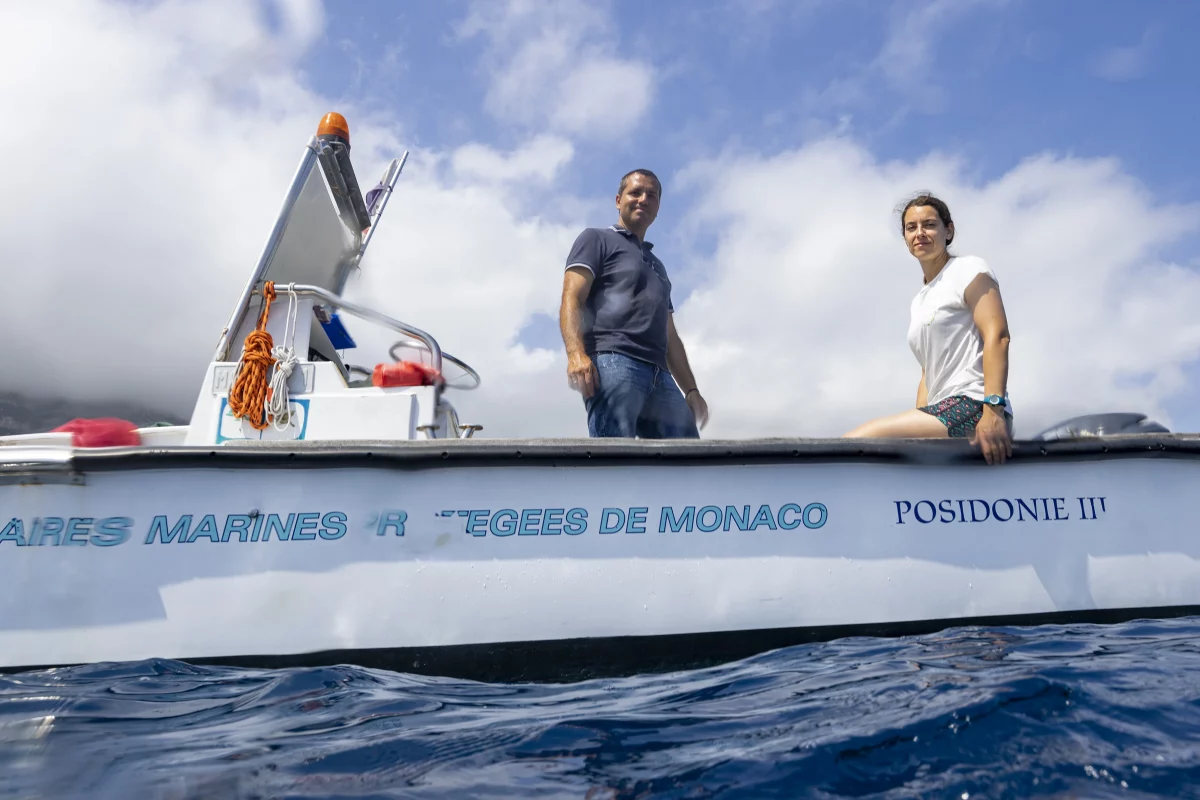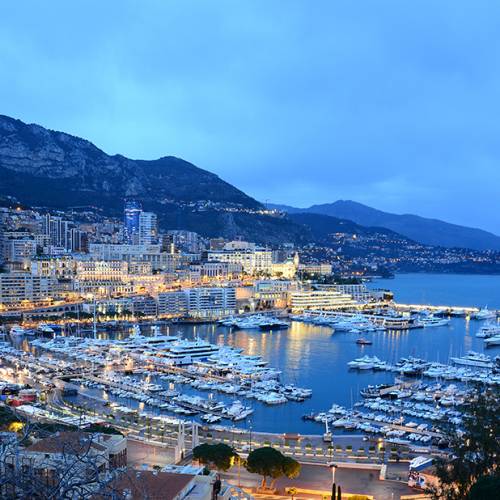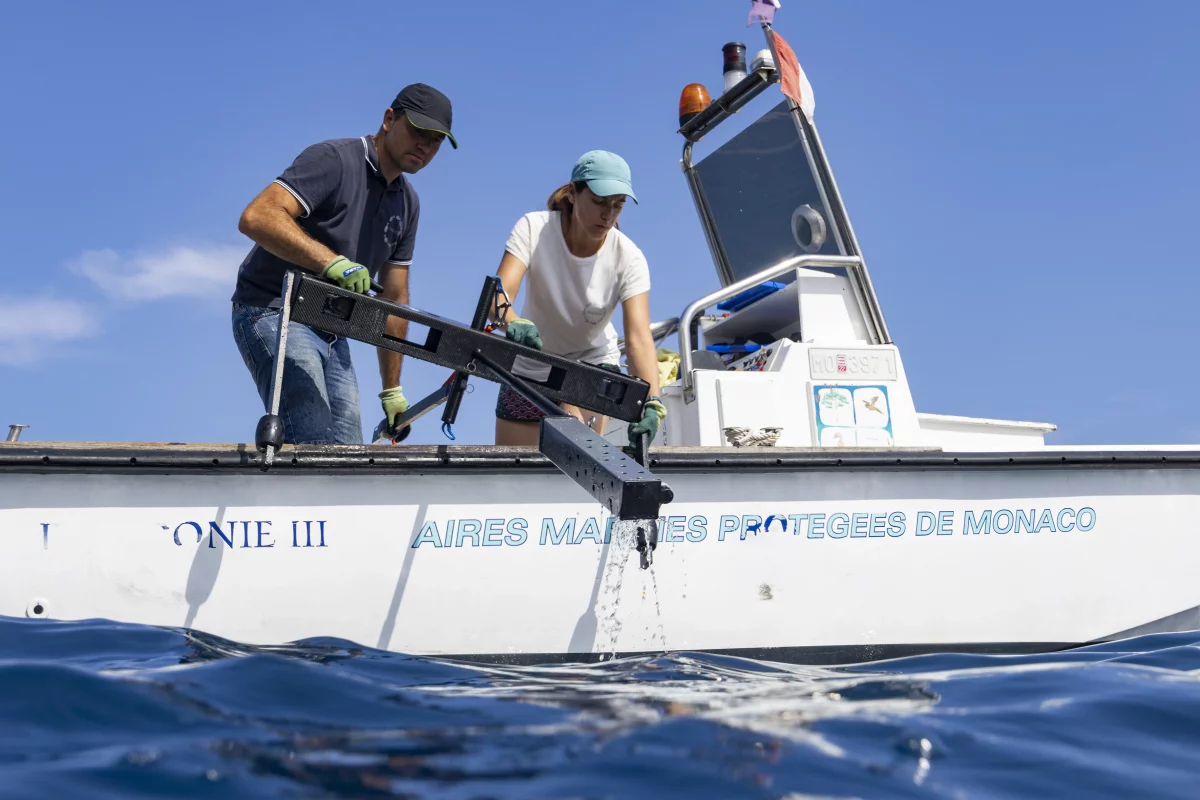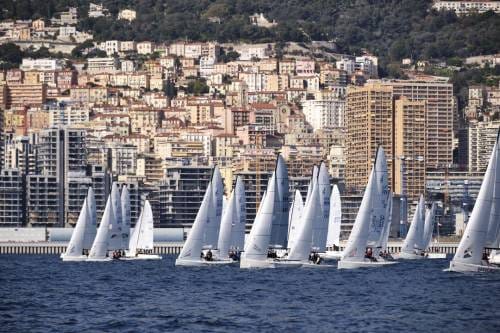A recent underwater study of Monaco’s Larvotto Marine Protected Area revealed a “dynamic and thriving ecosystem that evolves with the seasons, highlighting the vital importance of this protected area for preserving marine biodiversity.”
Conducted using baited remote underwater video systems (BRUVS), the study is part of an innovative research project launched in 2023, led by the Prince Albert II of Monaco Foundation, Community Jameel, the Monegasque Association for the Protection of Nature (AMPN), THALASSA Marine Research and Environmental Awareness and Blue Abacus.
“We are delighted to see the successful use of underwater video systems revealing the richness of the Larvotto reserve. The project has produced valuable data that is now informing the protection and conservation of marine life in Monaco,” said George Richards, Director of Community Jameel.
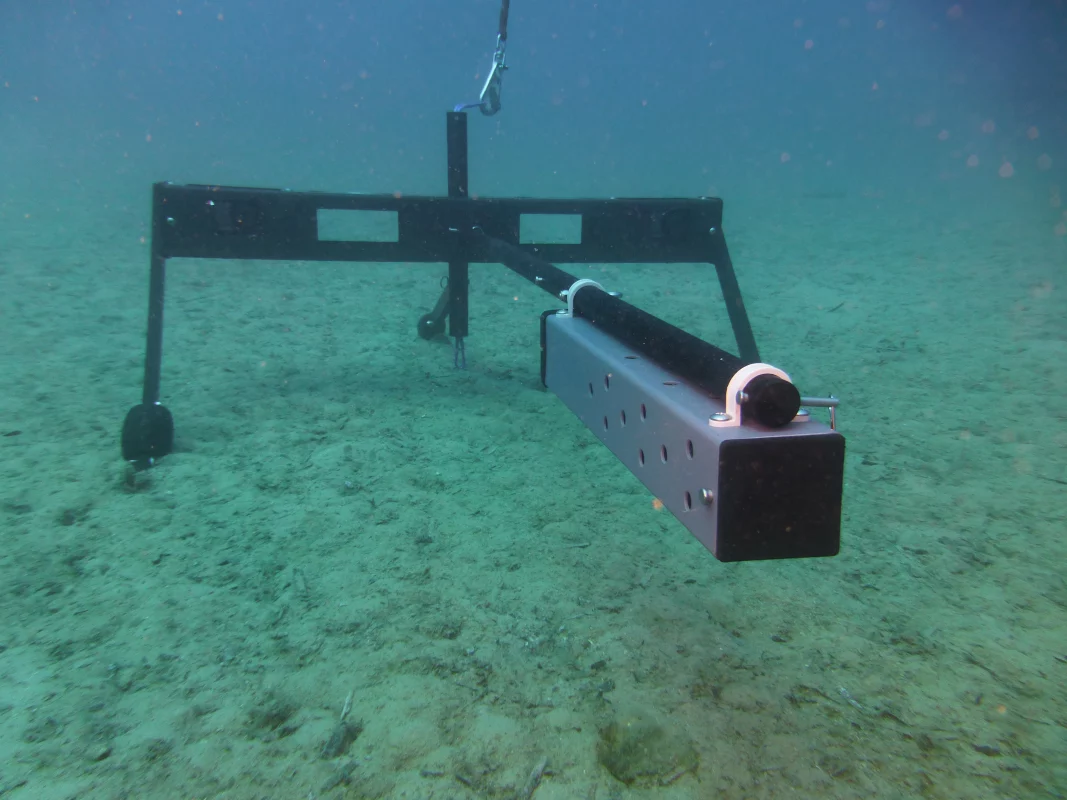
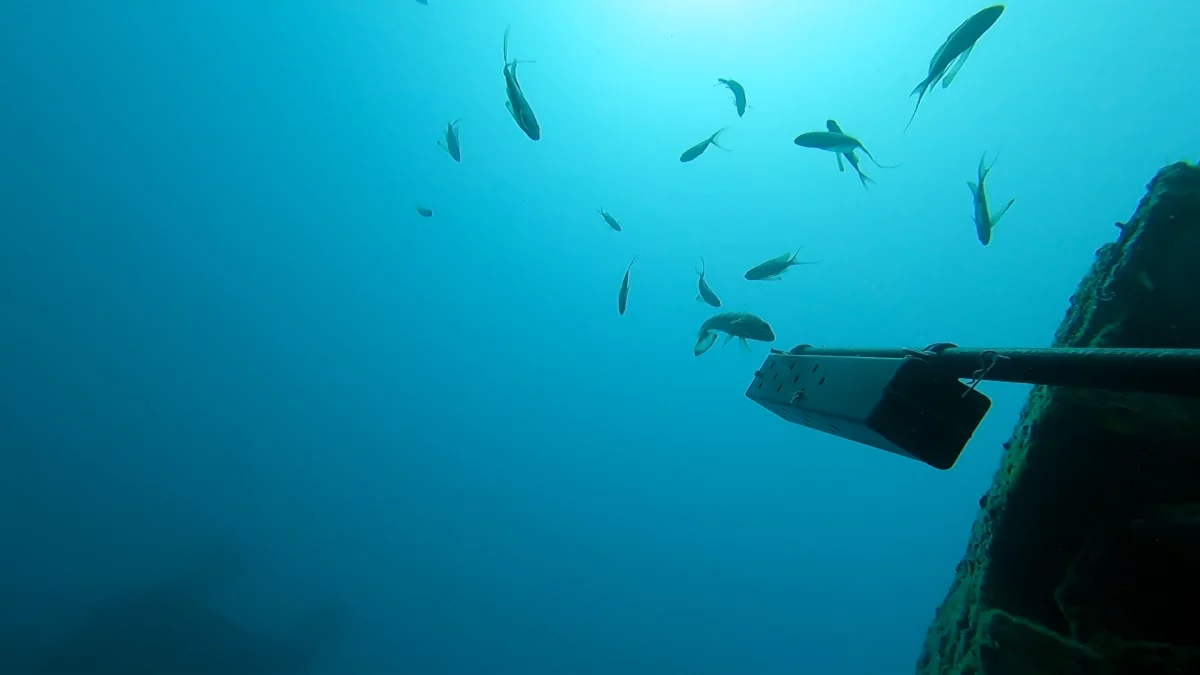
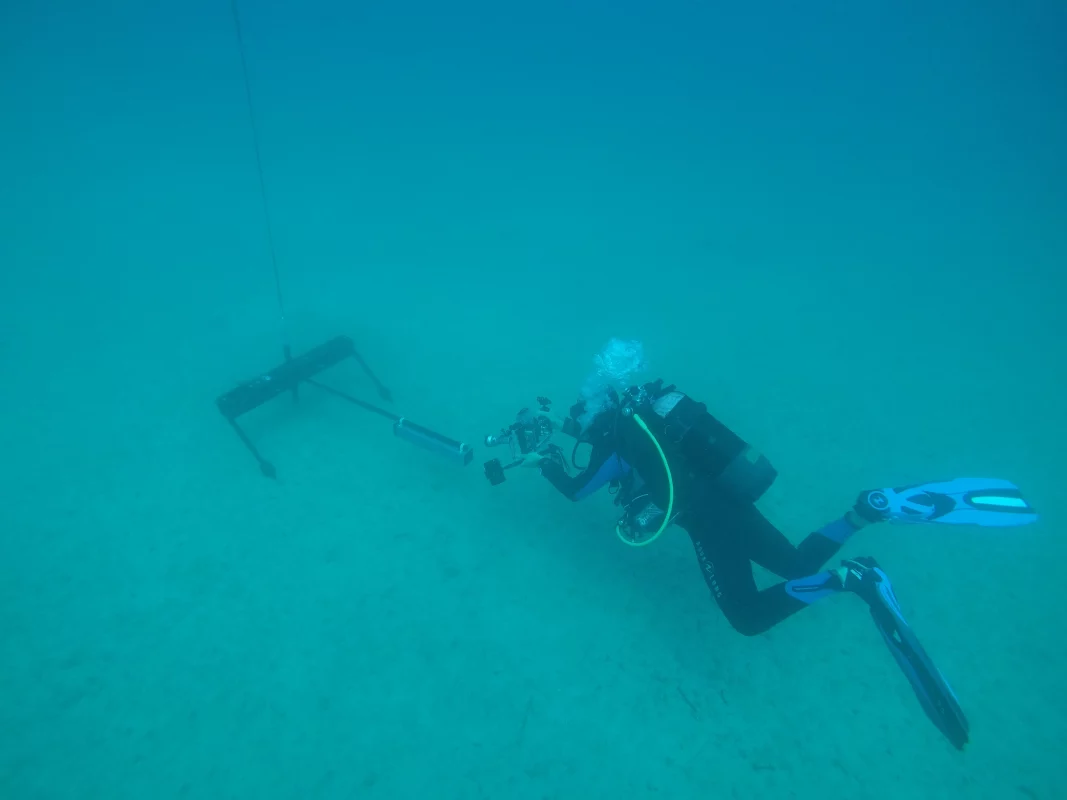
Ecological Richness
The study was conducted over two campaigns, in summer 2023 and winter 2024. In January 2024, researchers recorded 332 individual fish in the Larvotto MPA, nearly three times more than the 123 fish observed in July 2023.
Of the 32 species identified, only 12 were observed during both campaigns, highlighting a marked variation depending on the season.
Images captured in January showed large schools of peacock wrasse (Spicara maena), representing 30% of the individual fish observed. The common pandora (Pagellus erythrinus) was present at almost all sites studied during both periods, providing a rare instance of continuity. The moray eel (Muraena helena) and the European conger eel (Conger conger) were also observed consistently across the seasons.
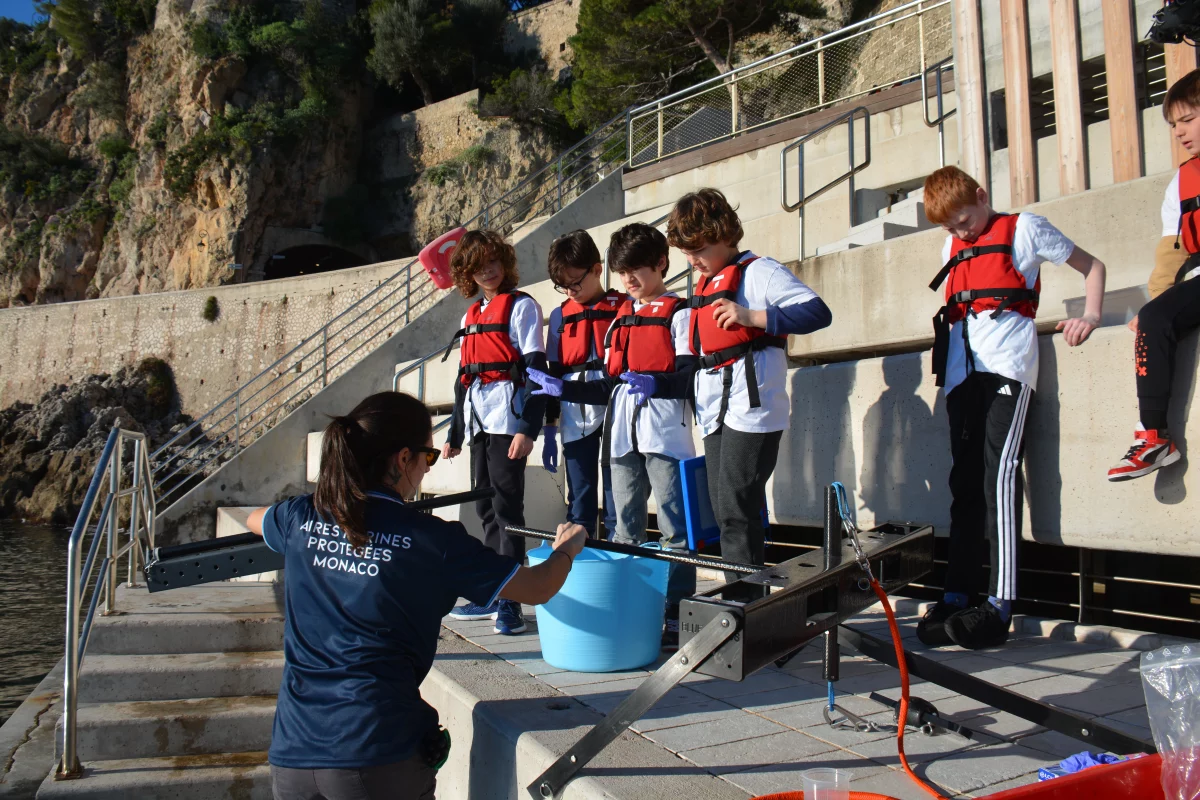
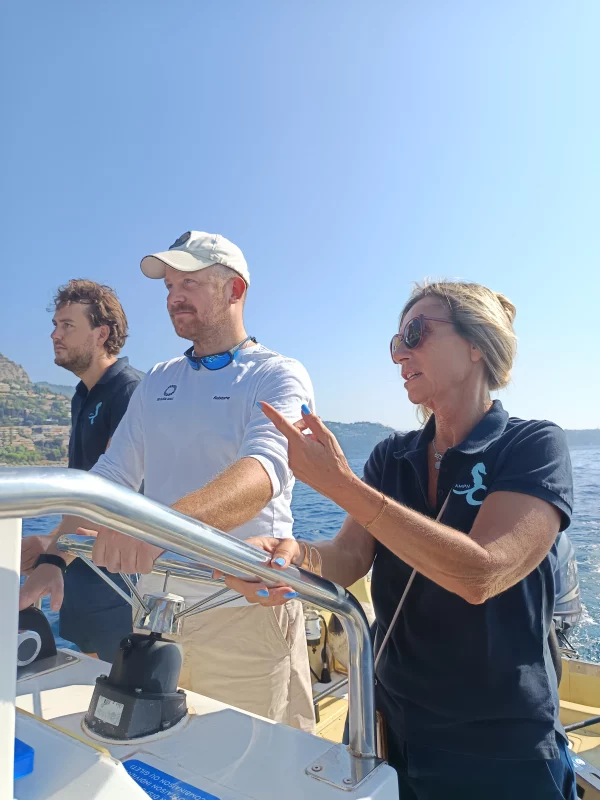
Notable discoveries…
Fish size and biomass also varied by season, with total abundance and biomass significantly higher in winter than in summer. The smallest specimen measured 3.5 cm—a liverfish (Serranus hepatus)—while the largest, a dentex (Dentex dentex) measuring 73 cm, illustrates the reserve’s capacity to support both juveniles and mature individuals. Rare or ecologically important species, such as the amberjack (Seriola dumerili), the common dentex, the seabream (Diplodus sp.), and the John Dory (Zeus faber), were also identified, highlighting the ecological richness of the MPA.
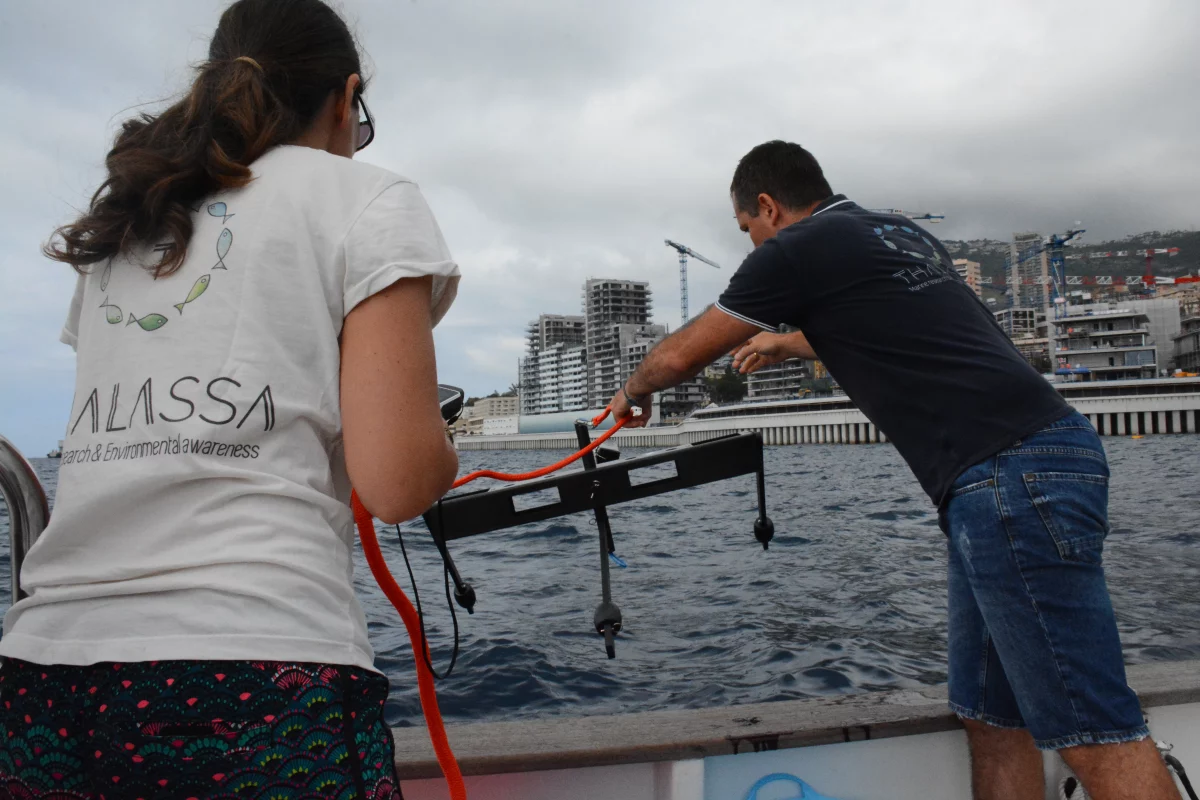
“Expanding the scope of the study to include Posidonia meadows, rocky substrates, and artificial structures could provide a more comprehensive view of biodiversity within the MPA. Continued monitoring will also make it possible to observe the effects of species migrations or climate change on fish populations,” states a recent press release by the organizations behind the study.
As Monaco strengthens its commitment to ocean protection, this project provides a concrete example of how innovative technological tools and international partnerships can support sustainable and informed marine management.
